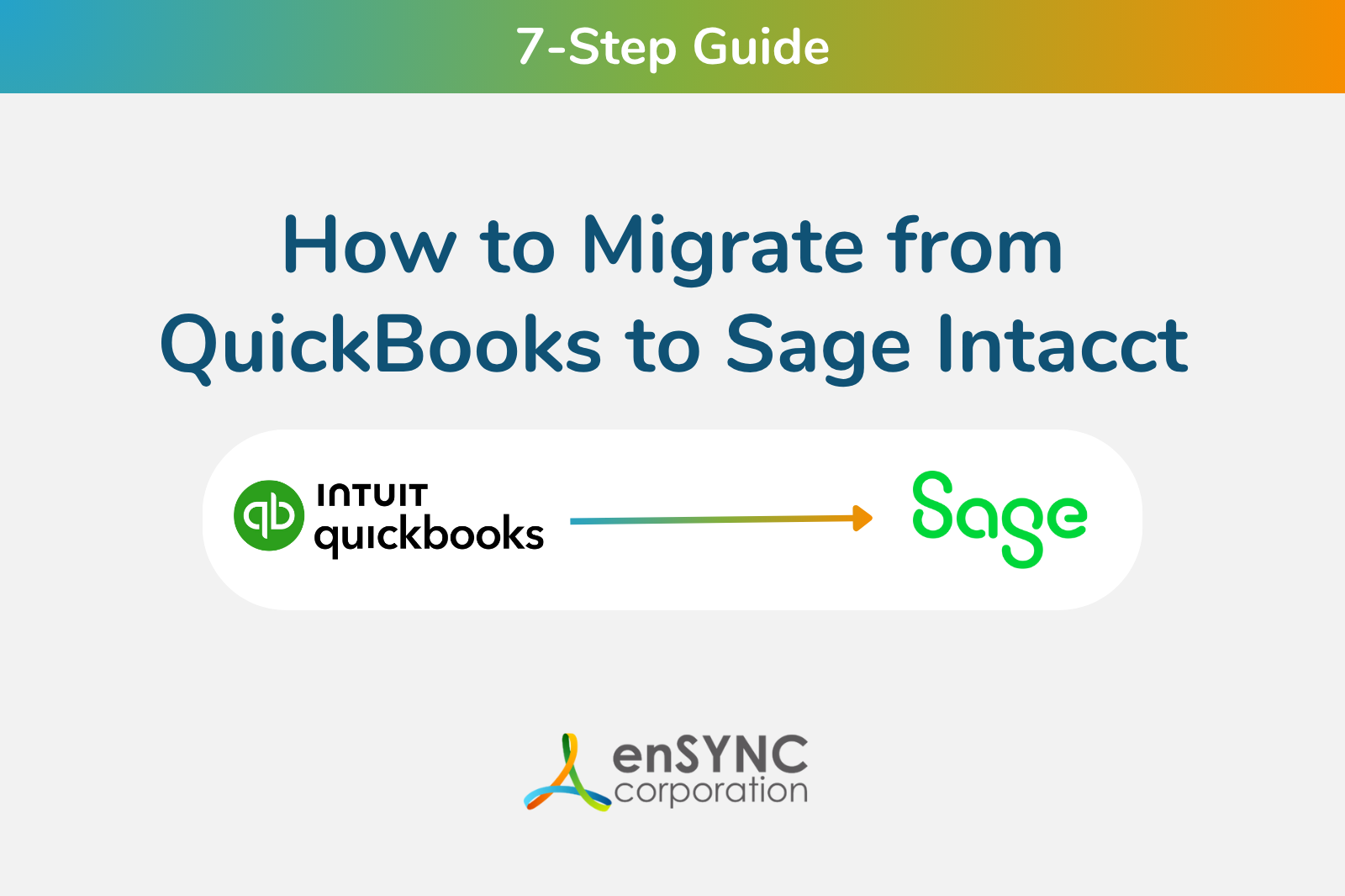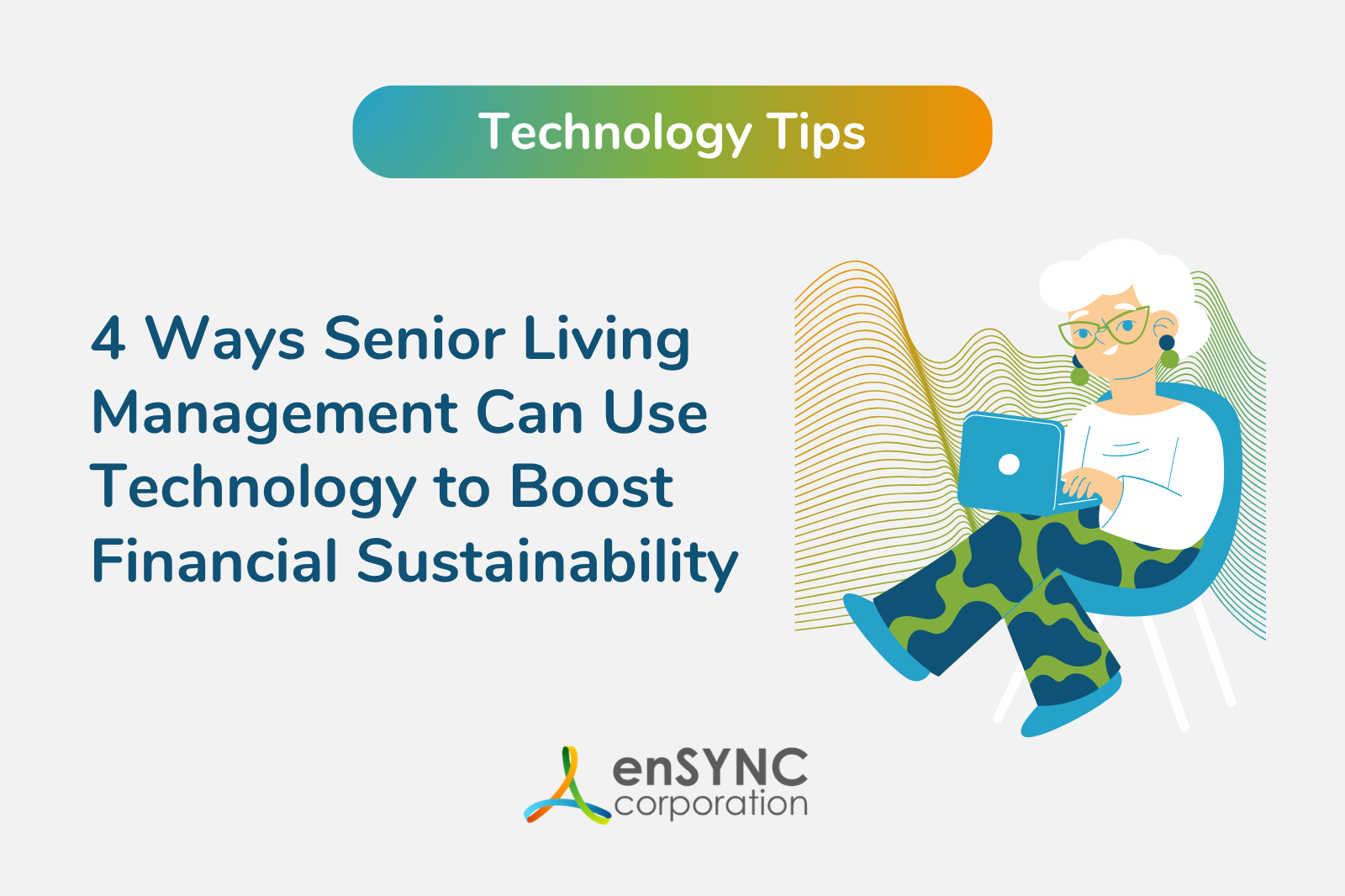Strategy & planning | Financial management | Nonprofits
Step-by-Step Guide to Attaining Nonprofit Sustainability
August 9, 2021
|
Gone are the days when nonprofit organizations could create something akin to a business plan and hope for the best. Nor can nonprofit organizations create five-year plans. If recent history has taught us anything, it is the importance of having enough funds on reserve to deal with an emergency. Nonprofit organizations must have flexible one-year plans that focus on keeping them solvent.
Sadly, 50% of nonprofit organizations in the United States are operating with less than a single month’s cash reserves. Additionally, 30% of American nonprofit organizations have lost money over a three-year period. All of this means that organizations in the nonprofit sector may not have the funds they need to handle an emergency or serve their purpose. They owe it to their nonprofit boards and their donors to create a nonprofit sustainability plan that builds a foundation for strategic decisions in the future.
What Is a Nonprofit Financial Sustainability Plan?
According to the National Council of Nonprofits, a nonprofit financial sustainability plan is a plan that allows a nonprofit to sustain itself over the long term so that it is able to continue to support its mission. The plan may involve the following:
- Financial sustainability - Financial sustainability means finding a way to use resources in a way that prevents their depletion.
- Leadership succession planning - Leadership succession planning focuses on setting parameters on how to choose new executive directors, board members, and other nonprofit leaders.
- Strategic planning - Nonprofit strategic planning focuses on creating a transparent and well-informed plan, listening to the community you serve, envisioning how you want your organization to grow over time, establishing a framework to turn your vision into reality, executing your plan, and evaluating the success of your plan.
Why You Need a Nonprofit Sustainability Plan
Creating sustainability for your nonprofit organization is vital to the continued success and ability of your nonprofit to survive. Nonprofit sustainability will help ensure that your nonprofit organization is here a year from now, 30 years from now, or 100 years from now. In contrast, a nonprofit that is constantly trying to catch up and does not have enough resources to cover its operations costs and invest in its infrastructure is said to be on the nonprofit starvation cycle. Fortunately, you can avoid this starvation cycle by creating sustainability for your business.
Keys to Nonprofit Sustainability
There are generally six keys to nonprofit sustainability, which include:
1. Values
The first step of your plan should be to establish the values that your nonprofit supports. These values will help guide you when making strategic decisions about your organization. Your values serve as the foundation of your organization and provide authenticity and viability for your organization.
2. Community Resource Mapping
Community resource mapping is a process that creates a map of community assets and resources within a defined area. This may include people, infrastructure, organizations, and institutions. Knowing what is located in a given service area can help determine if another organization is offering similar services or where you may be able to turn to for help.
3. Vision, Mission, Objectives, Strategies, and Action Plans
The acronym VMOSA stands for:
- Vision - This is the objective of your business model.
- Mission - This is what your NPO stands for.
- Objectives - These are the goals of your nonprofit organization.
- Strategies - These are the strategies that you plan to implement to meet your objective.
- Action Plans - These are the concrete steps you plan to take to accomplish your objectives.
4. Organizational Alignment
The next step is making sure that you have the right people in place. You must choose your executive director and board members with care. 67% of nonprofit CEOs report that they do not plan on being in the same position in five years. This means that you must choose someone who does plan to stay in their position for longer or who can more easily pass the responsibility onto another trusted person. According to the 2017 Nonprofit Employment Practices Survey, 67% of nonprofit organizations do not have a talent acquisition strategy in place or are unsure if they do or not.
Volunteers should also be carefully selected. Nearly 80% of volunteers will donate. Additionally, Fidelity Charitable reports that volunteers are 10 times more likely to donate than non-volunteers. Furthermore, volunteers often serve as ambassadors of nonprofit organizations. The potential vitality of a nonprofit organization is often dependent upon the commitment of employees and volunteers to the organization’s mission and vision.
5. Donor Allocation
It is also important to know how people spend their giving dollars. Different sectors may receive different portions of donations. Giving USA reports that the amounts donated to the top nonprofit sectors during a recent year were:
- Religion - $119.3 billion
- Education - $57.48 billion
- Human services - $45.21 billion
- Foundations - $42.26 billion
- Health care - $29.81 billion
- Public society benefits - $26.95 billion
- Arts/culture/humanities - $17.07 billion
- International affairs - $15.75 billion
- Environment/animals - $10.68 billion
Knowing who the donors are and how donations are allocated can help you make more strategic decisions regarding your business model.
6. Web Presence
A web presence is increasingly important in today’s interconnected world. Donors want to research nonprofit organizations to understand their mission, see how their money will be used, and see if their values align. Websites also provide a portal for donations.
Your web presence is also a marketing avenue that can tell your story and connect you with potential volunteers. You can also collect interested parties’ information online to send out emails later.
How to Create a Nonprofit Sustainability Plan
Creating a viable nonprofit sustainability plan involves the following core objectives:
1. Understand your costs
It is vital that you understand how much it costs to deliver your programs and services. Your nonprofit will need to cover these costs and more. It is important to know that some donors may have unrealistic expectations about how much it really costs to run a nonprofit organization and may expect you to do more with inadequate resources. It is essential that any sustainability plan you create involves realistic expectations based on real numbers.
One way to accomplish this goal is to establish a financial sustainability committee that includes staff and board members who understand the annual budget and all of the line items that go into it. The goal of this group will be to balance short-term goals with long-term ones so that you can make strategic decisions and remain financially viable.
Some questions that you may need to ask when creating your annual budget include:
- What current debts does your organization have?
- What is the minimum amount of money you need each month to fund your organization?
- How much does it cost to run your office?
- Do you have money in reserves? How many months could they sustain your organization?
- What sources of income do you have?
- What are other services you would like to provide if you had the available funds?
2. Understand your income
Your income should support your ongoing operational costs, as well as your plans for the future. Finding a way to diversify income streams is sometimes the path toward sustainability. Learn about all of your current and potential ways to bring in money for your organization. Maximize your income by:
- Considering nontraditional forms of fundraising
- Determining the strength and reliability of existing donations and commitments
- Identifying new potential donors
- Identifying potential grants that can help your organization
- Maintaining a balanced fundraising portfolio
3. Seek opportunities to save
You can further maximize your nonprofit organization’s sustainability by seeking opportunities to save. Consider ways that you can trim your monthly and annual budget that will not impede your ability to complete your mission or harm the integrity of your vision.
4. Plan for investment and growth
Always, keep an eye on what you can do to grow over time. Consider where you want your organization to be in five years, ten years, and 30 years. Set achievable goals. Identify a realistic and healthy level of general reserves that will help you meet these goals and to help your organization in case you run into fiscal trouble.
Consider the resources, structures, properties, equipment, and tools you will need in the future to meet your objectives. Diversify your investments to better protect your fiscal health.
Your financial goals should grow in line with your organization. Make your goals manageable. If you do not complete them, reassess them and establish a new timeline to complete them.
Seek Help
As a nonprofit organization leader, you know how important the connections you make are to the success of your business. You do not have to go it alone. Reach out to your stakeholders and other partners in your success who can help you create the framework for your sustainability. Only through sustainability will you be able to ensure that your organization is here to stay and serve the community.
Recent Posts

Sounding Off with Mandy Lynch: Real Talk on Culture, Care, and Change in Senior Living
In each episode of Sounding Off: Senior Living Execs on Tech, we explore how senior living leaders at nonprofits are embracing technology to shape...

7-Step Guide: How to Migrate from QuickBooks to Sage Intacct
Organizations are constantly growing and changing. So too are accounting needs.
Enjoying our blog?
At enSYNC, we want to empower associations and nonprofits to make well-educated decisions. If you want our industry knowledge (and other free guides) sent directly to your inbox, fill out the form below.



